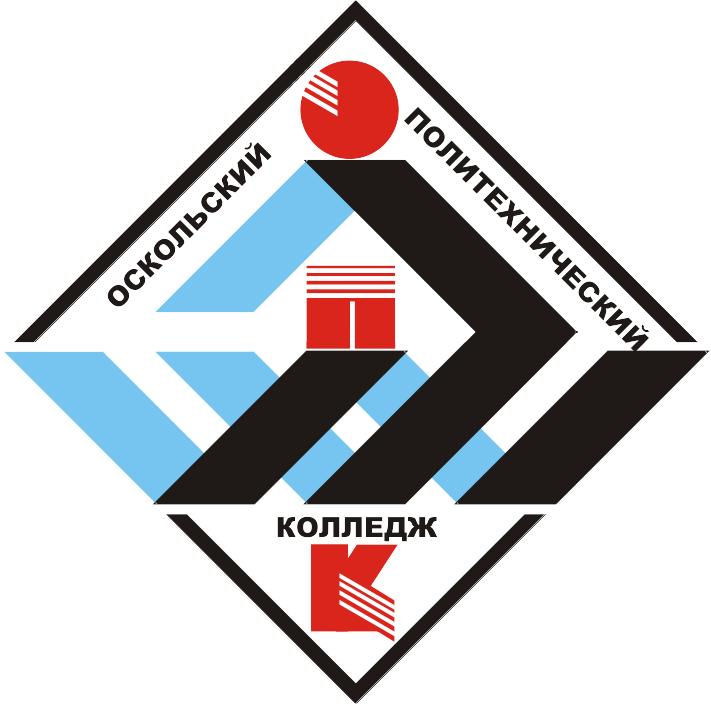
- •И.Н. Федотова
- •Старый Оскол 2011
- •Содержание
- •Введение
- •Содержание учебной дисциплины Аудирование
- •Говорение
- •1. Ответьте письменно на следующие вопросы:
- •Text 2. Ohm's Law
- •Solve the following problems using the formulas of Ohm’s Law:
- •Pair work. Make up similar problems of your own. Ask your groupmate to solve them.
- •Complete these sentences using the correct variant:
- •2. Answer the following questions:
- •Text 4. Conductors and Insulators
- •1. Find answers to these questions in the text above:
- •2. Complete the sentences using the correct variant:
- •Text 5. Electric generators and motors
- •Text 6. D.C. Electric motors
- •Text 7. A.C. Electric motors
- •Put English equivalents to the following:
- •1. Complete these sentences using the correct variant.
- •2. Put down the Russian for:
- •3. Answer these questions:
- •Text 9. Substations
- •1. Complete the sentences using the correct variant:
- •2. Pair work. Put these questions to your groupmate, and ask him/her to answer them.
- •3. Put down the Russian equivalents of these word combinations. Translate them back into English.
- •1. Complete the sentences using the correct variant:
- •2. Pair work. Put these questions to your groupmate and ask him/her to answer them:
- •3. Put down the Russian equivalents of these word combinations. Then translate them back into English.
- •Text 11. Atomic Power Plant
- •1. Complete the sentences using the correct variant:
- •2. Pair work. Put these questions to your groupmate and ask him/her to answer them:
- •Unit 2. Material science and technology. Metallurgy Text 1. Metals
- •1. General understanding:
- •2. Find the following words and word combinations in the text:
- •3. Complete the following sentences:
- •4. Translate into English:
- •Text 2. On metals
- •Text 3. Steel
- •1. General understanding:
- •2. Find the following words and word combinations in the text:
- •Text 4. Methods of steel heat treatment
- •1. General understanding:
- •2. Translate into English the following words and word combinations:
- •Text 5. Ferrous metals
- •Translate into English the following words and word combinations:
- •Text 6. Non-ferrous metals and non-metallic materials
- •Text 7. Copper
- •Translate into English the following words and word combinations:
- •Text 8. Aluminium
- •Translate into English the following words and word combinations:
- •Unit 3. Metalworking Text 1. Mechanical properties of materials
- •1. General understanding:
- •2. Find the following in the text:
- •3. Translate into English the following sentences:
- •Text 2. Mechanical Properties of Materials
- •1. General understanding:
- •2. Find the following words and word combinations in the text:
- •3. Translate into English the following:
- •Text 3. Metalworking and metal properties
- •1. General understanding:
- •2. Find the following in the text:
- •3. Translate into English:
- •Text 4. Welding
- •1. General understanding:
- •2. Find the following words and word combinations in the text:
- •Text 5. Other types of welding
- •Resistance Welding
- •1. General understanding:
- •3. Translate into Russian:
- •Unit 4. Engineering Text 1. Machine-tools
- •Text 2. Lathe
- •1. General understanding:
- •2. Find English equivalents in the text:
- •3. Translate into English:
- •Text 2. Milling machine
- •Drilling and Boring Machines
- •Shapers and Planers
- •Grinders
- •1. General understanding:
- •2. Translate into English:
- •Text 4. Dies
- •Wiredrawing Dies
- •Thread-Cutting Dies
- •1. Find English equivalents in the text:
- •2. Translate the following sentences into Russian:
- •Text 6. Cranes
- •Vocabulary unit 1
Министерство образования и науки Российской Федерации
Федеральное государственное образовательное учреждение среднего профессионального образования
«Оскольский политехнический колледж»
И.Н. Федотова

АНГЛИЙСКИЙ ЯЗЫК
Методические указания
По аудиторному и внеаудиторному чтению и переводу для студентов III курса технических специальностей
Старый Оскол 2011
Рассмотрены на заседании П(Ц)К Методические указания составлены в
Протокол №_________ соответствии с рабочей программой по
От «_____»______________2011г. дисциплине «Иностранный язык» для
заочной формы обучения
Председатель П(Ц)К зам.директора по УМ и НР
___________Бубняк О.И. к.п.н., доцент___________Степанова А.М.
Составитель: Федотова И.Н., преподаватель ОПК
Рецензент: Мамонова Т.В., преподаватель ОПК
Содержание
Введение……………………………………………………………..4
Электричество
Electricity………………………………………………………7
Материаловедение. Металлургия
Materials Science and Technology. Metallurgy……………23
Обработка металлов
Metalworking…………………………………………………33
Машиностроение. Механизмы
Engineering……………………………………………………43
Vocabulary…………………………………………………………..50
Список использованных источников
Введение
Одной из важных задач изучения иностранного языка в учреждении среднего профессионального образования является обучение студентов различным видам работы с текстами по специальности. Значимость этого умения определяется тем, что в последнее время активно развиваются научно-технические и производственные контакты российских и зарубежных предприятий, шире становятся международные связи. Это, с одной стороны, открывает новые возможности в освоении достижений мировой науки и технического прогресса, а с другой – требует иного подхода к обучению работе с текстами по специальности на иностранном языке.
Для организации такой работы необходима систематическая целенаправленная деятельность студентов на занятиях и внеаудиторно, в ходе которой они бы приобретали навыки работы с текстом, прежде всего – чтение всех видов, перевод, постановка вопросов, аннотирование, реферирование, полный письменный и реферативный перевод.
В данные методические указания включены тексты с учетом возможности решения всех этих задач. Методические указания предназначены для студентов III курса всех специальностей.
Тексты подобраны по тематическому принципу. Тексты адаптированы с учетом уровня языковой подготовки студентов, отдельные языковые трудности сняты. Пособие снабжено тематическим словарем, который призван помочь студентам при работе над текстом. Указанные особенности позволяют использовать методические указания как на аудиторных занятиях, так и при организации самостоятельной работы.
